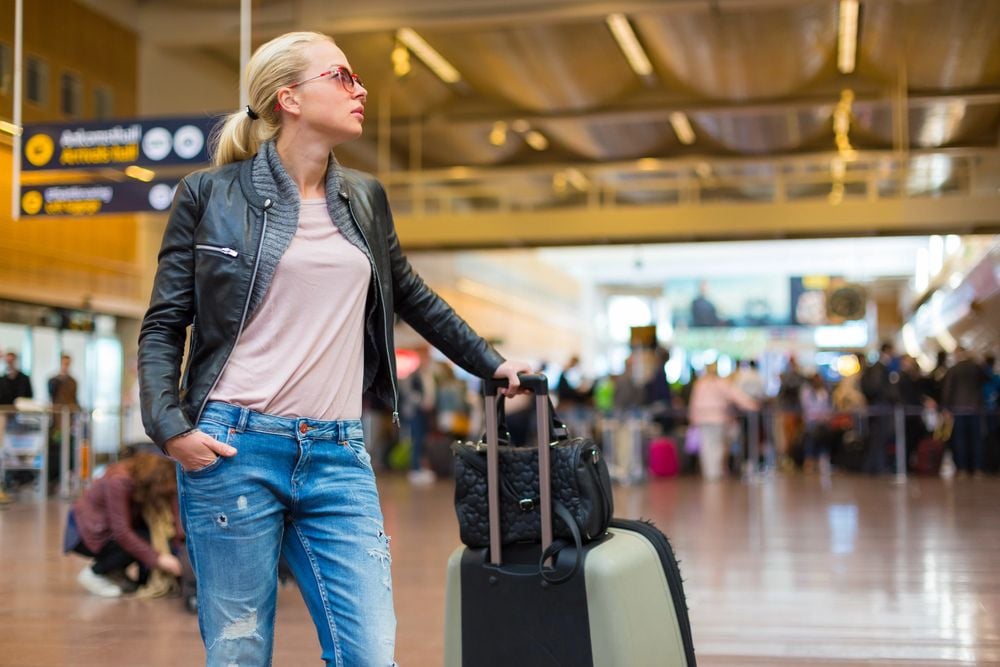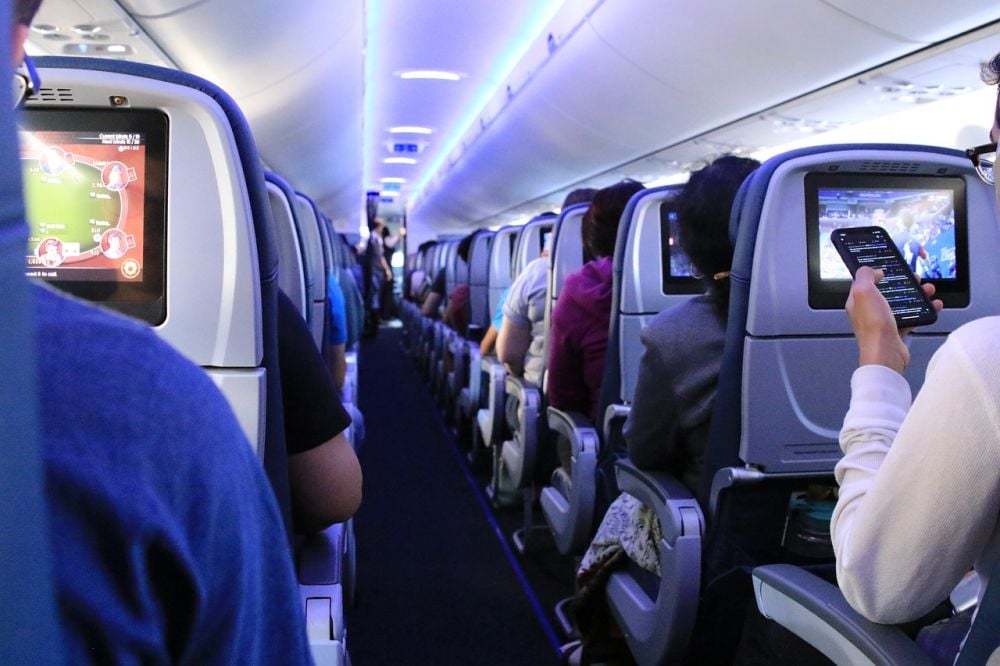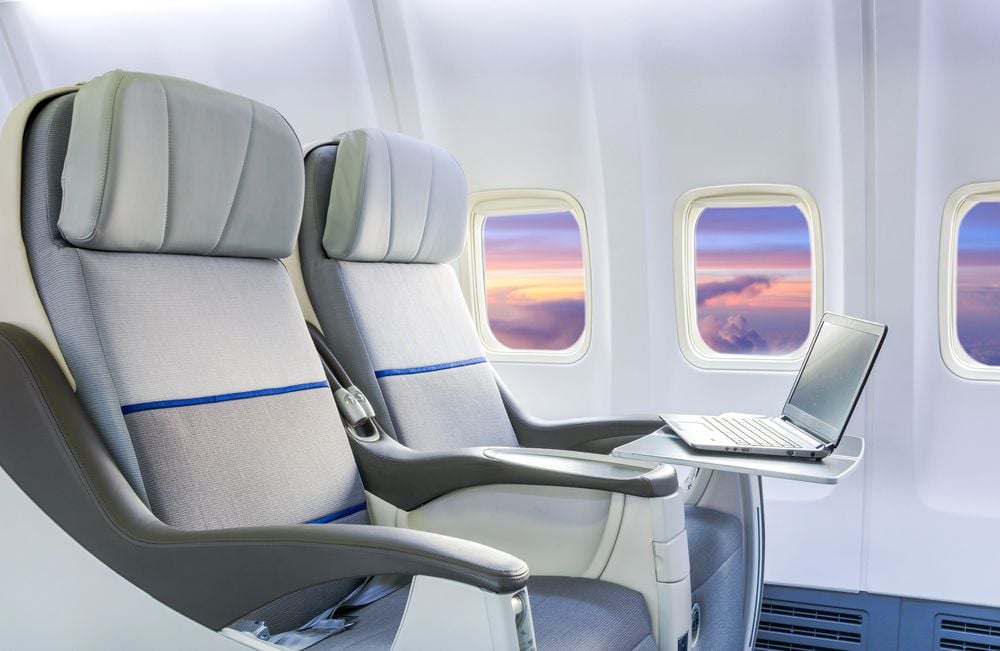The Best Times to Travel to Dodge Flight Delays and Cancellations
There’s nothing quite like the excitement of stepping into an airport, passport in hand and adventure on your mind. But that buzz can turn into frustration fast when the dreaded “DELAYED” or “CANCELLED” message flashes beside your flight. If you’ve ever felt stuck at a departure gate or had to rush to catch a connecting flight but can’t do anything, then know you aren’t alone.
Weather, technical problems and overcrowded flights are causing more travel disruptions. There are ways you can avoid such chaos. In fact, according to data from airlines reported to the Department of Transportation, in 2024, more than 1 in 5 U.S. flights were delayed. However, as noted, you can avoid this flight limbo by picking the best time to fly.
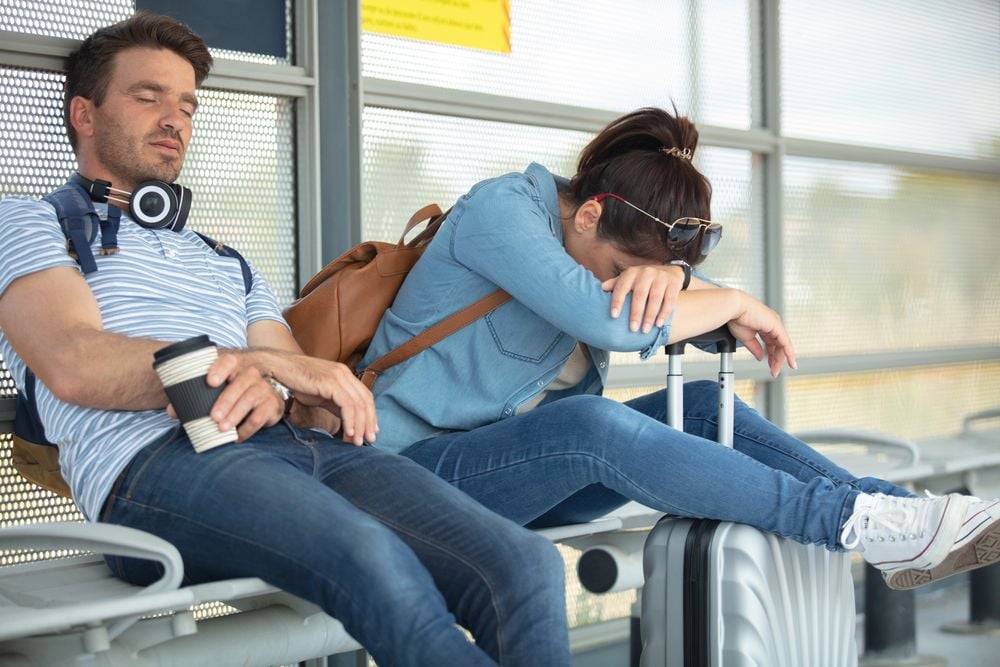
Here are the expert insights, real-time statistics, and practical tips to help you fly smarter, starting with timing your flight like a pro.
Why Flight Timing Matters More Than You Think
Most of the time, flight disruptions are not caused by chance. When you look at the data, you can see that airlines, airports and the FAA all keep records of delays and cancellations.
The U.S. Department of Transportation reported that 21% of flights in the U.S. were delayed in 2024. The causes? Weather, faulty equipment, a lack of staff and crowded air traffic. You can’t always predict every delay, but the time of your flight is very important for avoiding the rush.
“Morning departures are consistently more reliable. Planes are already at the gate from the night before, crews are fresh, and the airspace is still relatively clear,” says Phoenix Sagen, founder of MyTravel4Ever.
Best Time of Day to Fly
Early Is Everything: Best Time: 6 a.m. to 9 a.m.
If you want to arrive on time, book a morning flight, especially the first one of the day. There are fewer delays and cancellations for them since:
- Aircraft are already parked overnight.
- Weather tends to be more stable.
- Air traffic hasn’t yet stacked up.
If you don’t mind setting that early alarm, you’ll benefit from:
- Shorter TSA lines
- Less congestion in terminals
- More time for alternative rebooking if delays occur
Bonus Tip: Fly on Tuesday or Wednesday mornings since they tend to be less crowded and less expensive than other days.
Midday and Afternoon Flights: A Mixed Bag
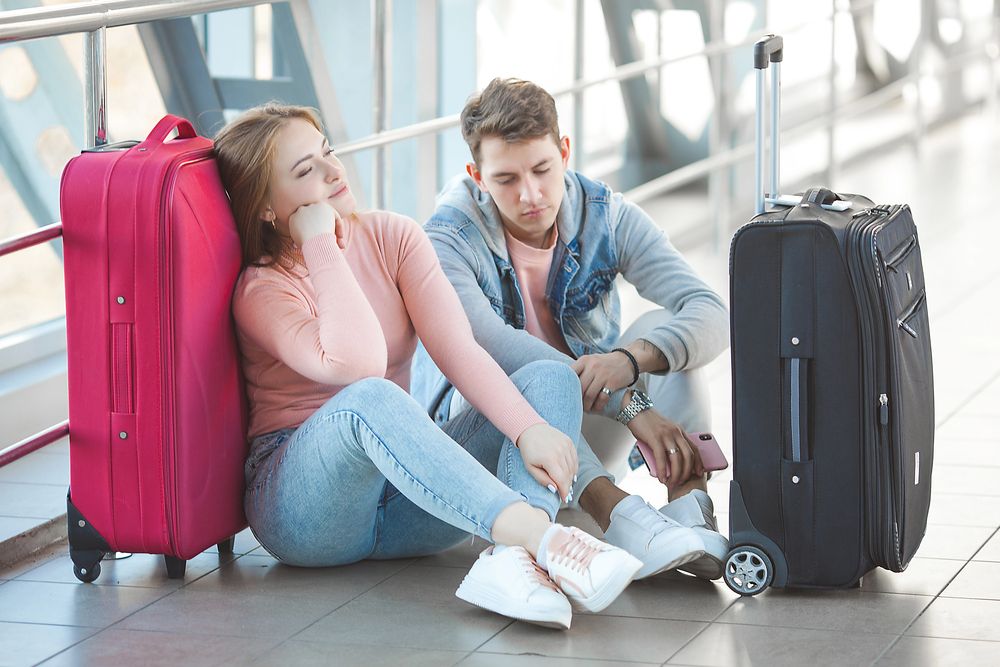
Flights during these hours can be dependable, but this is when more delays are likely to occur. If one flight is delayed, it can cause other flights to be delayed as well.
Pros:
- More sleep before your trip
- Good balance between convenience and cost
Cons:
- Busier airports and boarding areas
- Increased chance of weather and staffing-related issues
“Midday flights are a gamble,” says Dave Grossman of MilesTalk. “They’re great for avoiding super early starts, but they’re also more prone to cumulative delays.”
Evening and Late-Night Flights: Peaceful… but Risky
Evening Flights (5 p.m. – 9 p.m.):
Evening flights are convenient for people with jobs, but they often suffer from delays caused by earlier flights.
Red-Eyes (9 p.m. – 1 a.m.):
While red-eye flights are often cheaper and less noisy, they are more likely to be canceled. Expedia found that flights leaving after 9 p.m. are more likely to be canceled than those that take off earlier (57% higher chance of cancellation, to be specific).
Best Use: Only choose these flights if flexibility and budget are more important than punctuality.
Seasonal Timing: When to Fly During the Year
Flight reliability doesn’t just depend on the time of day—it also depends on the time of year.
Best Months for Fewer Delays:
- August and September: Fewer travelers, better weather
- January: After New Year’s week
- October: Shoulder season for many destinations
Worst Travel Periods:
- Late December to early January due to holiday chaos
- Spring break (March-April) -Everyone is looking to catch the best spot in their holiday destinations
- Summer peak season (mid-June to early August)
Flight Strategy: Tailor Your Departure Time to Your Travel Goals
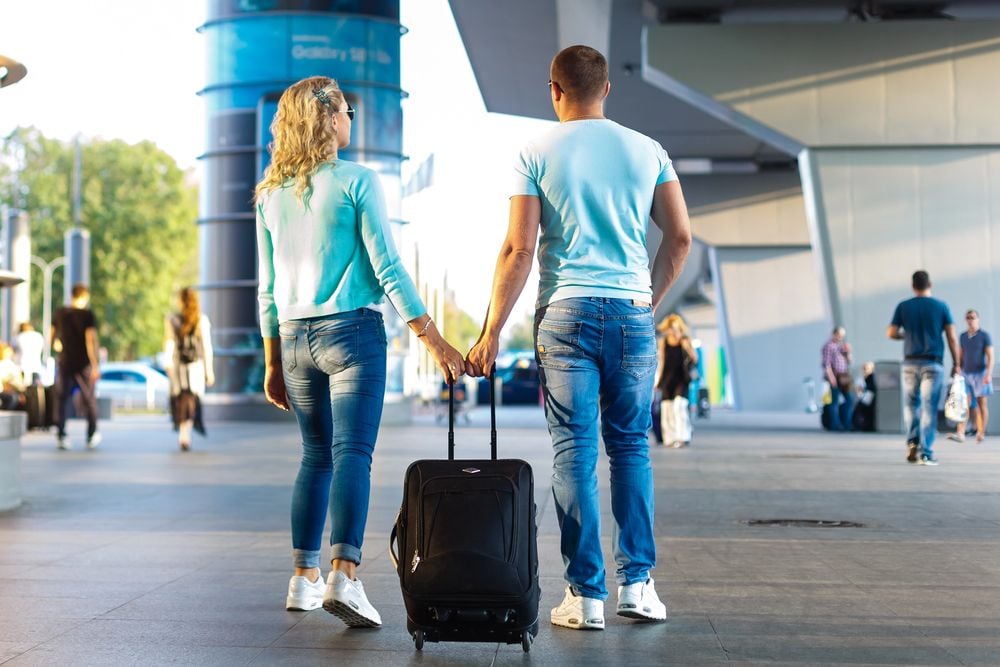
Not everyone has the same travel priorities. Here’s how to choose flight times based on what matters most to you:
| Priority | Best Time to Fly | Why It Works |
| Avoiding Delays | Early morning (before 9 a.m.) | Fewer accumulated disruptions, aircraft ready |
| Avoiding Crowds | Very early or very late | Fewer passengers, faster security lines |
| Cheapest Fares | Red-eyes or last flights out | Less demand means lower prices |
| Sleep-In Friendly | Mid-morning to early afternoon | Decent reliability, more rest time |
| Smooth Connections | Midday with long layovers | Reduces stress and increases baggage success rate |
How to Better Prepare for Delays
Despite having everything planned, things may still go wrong while traveling. Here are some tips for reducing your risks and coping with disruptions:
1. Build in a Buffer Day
Try not to plan weddings, cruises or business meetings for arrival day. Try to get there a day before the event whenever you can.
2. Avoid Tight Layovers
Allow:
- Minimum of 1 hour for domestic connections
- 2–3 hours for international transfers
Especially in large airports (JFK, LAX, Heathrow), give your luggage time to catch up, too.
3. Consider Travel Insurance
Look for plans that include trip interruption, hotel expenses and lost baggage. Some top credit cards include travel protections as a feature.
4. Track Flights in Real Time
Use flight-tracking apps like:
- FlightAware
- TripIt Pro
- Airline mobile apps with alerts
With these tools, you will get notified about gate changes, delays due to weather or cancellations way before the airline staff makes any announcements. So, always have them at your disposal.
Hidden Factors That Cause Delays
Most travelers only think about rain or snow as delay culprits, but delays can also result from:
- Crew timeout rules (pilots and attendants legally must rest after a maximum number of hours)
- Airport construction or runway closures
- ATC (Air Traffic Control) slowdowns
- Overbooked flights (you may be bumped even if you’re on time)
Being mentally prepared helps avoid frustration when things don’t go to plan.
Final Thoughts: Travel Smart, Not Just Fast
You can’t always have a perfect flight, but there are many things you can do to make it more likely. Try to get an early flight, fly when fewer people are traveling, add extra time to your layovers and be prepared for anything.
And above all, stay flexible and patient. As veteran pilot Patrick Smith reminds us:
“Weather, mechanical issues, air traffic—it’s all part of flying. Don’t overthink it. Prepare well, but know that sometimes you just have to go with the flow.”

